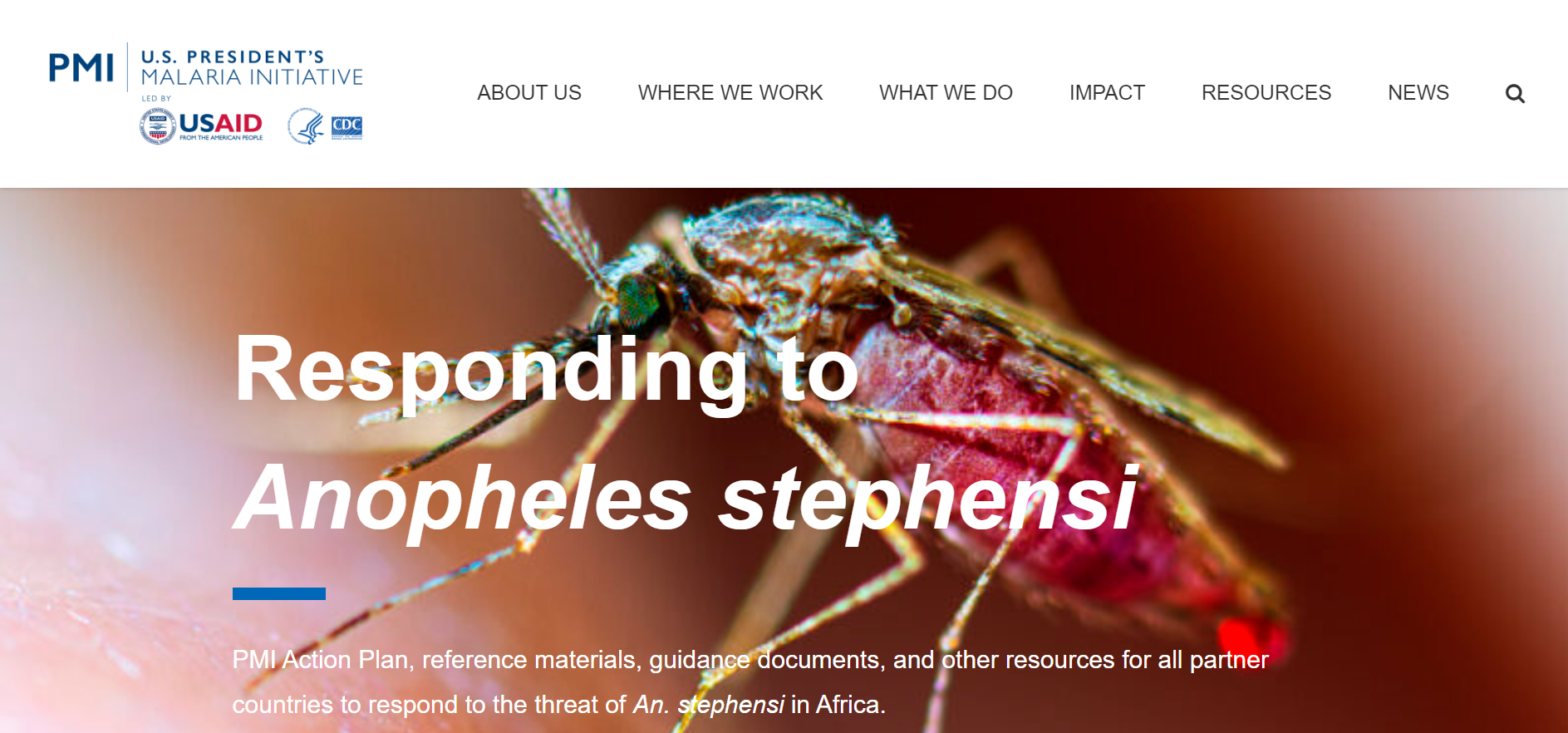Last Updated: 27/05/2025
Larval ecology of invasive Anopheles stephensi in Ethiopia
Objectives
This project aims:
- To examine population dynamics and environmental regulation of An. stephensi, and
- To develop and validate An. stephensi habitat models.
The invasion and rapid expansion of Anopheles stephensi in Africa have created major challenges to effective malaria control and elimination in Africa, triggering calls for urgent action to stop its spread. Since its first detection in Djibouti in 2012, An. stephensi has spread to Ethiopia, Sudan, Kenya, and Somalia in Eastern Africa and to Nigeria in Western Africa. Modelling studies have found that most cities in sub-Saharan Africa are highly suitable for An. stephensi invasion. Unlike native African malaria vectors, such as An. gambiae, An. Arabiensis, and An. funestus, which reside predominantly in rural areas, An. stephensi mosquitoes thrive in urban environments. Furthermore, the invasion of An. stephensi has already caused local malaria outbreaks in Djibouti and Ethiopia. Control of An. stephensi in Africa currently emphasizes larviciding. However, effective larval control requires addressing major knowledge gaps in the factors regulating An. stephensi populations as well as where and when to implement interventions. While mapping out all habitats through visual inspection is infeasible and impractical, machine learning techniques and models provide an effective approach for mapping An. stephensi larval habitats. The development of effective machine learning models for larval habitat prediction requires better understanding of the environmental and biological determinants of larval habitats. This proposal will have broad implications for the development of larval biological control strategies to stop the spread of An. stephensi in Ethiopia, and our machine learning methods utilizing multiscale data is applicable for guiding mosquito-borne disease controls in urban areas in other countries.
Feb 2024 — Dec 2025
$178,641


